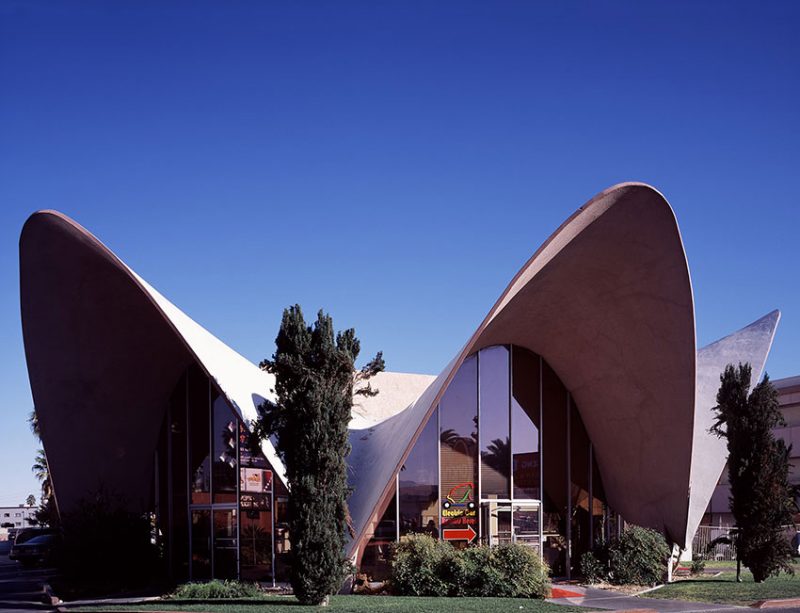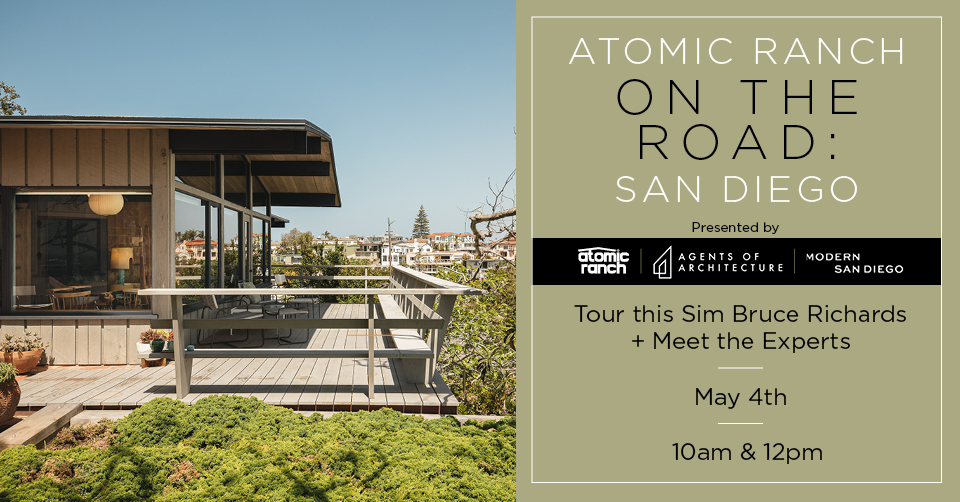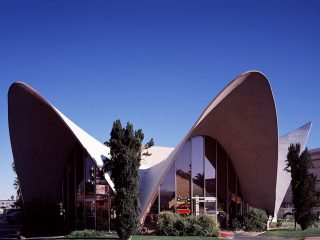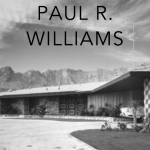When Paul Revere Williams was a high school student in Los Angeles, California, in the 1910s, his teacher discouraged him from considering a career in architecture because as the teacher put it, Williams would likely not attract the white clients he’d need to make his business a success and he’d never find enough Black clients to sustain a profit. Little did that teacher know, Paul R. Williams would not only go on to find a lucrative and impactful career in architecture, he would go on to have some of the era’s most famous and elite clients of them all.
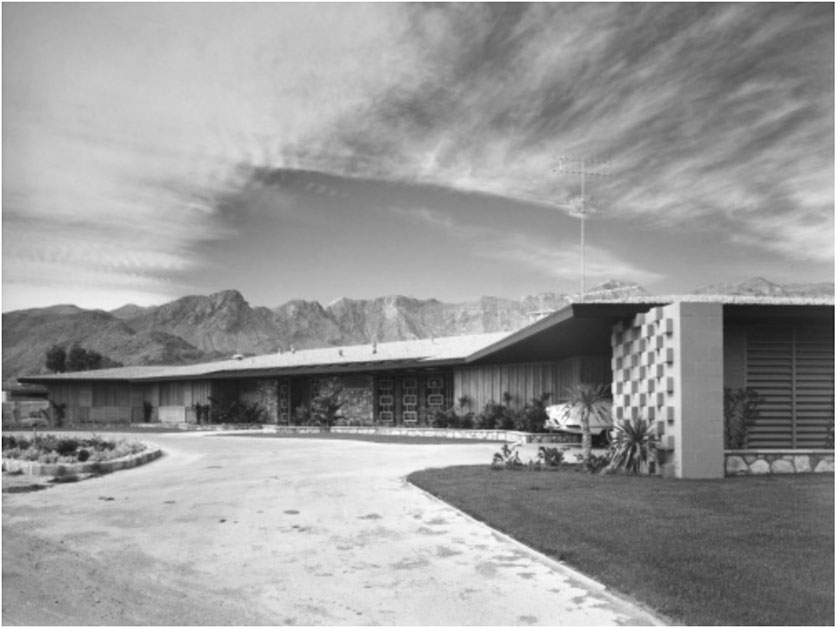
Early Career
Williams became a certified Interior Designer in the state of California in 1915 after spending time as a building contractor. He graduated from USC (the first Black person to do so) in 1919 and opened his own firm in 1923 becoming the first African American member of the American Institute of Architects (AIA) in 1923. Southern California was experiencing a housing boom that decade and William’s business flourished–particularly in small affluent neighborhoods in the Los Angeles suburbs Flintridge, Windsor Square and Hancock Park.
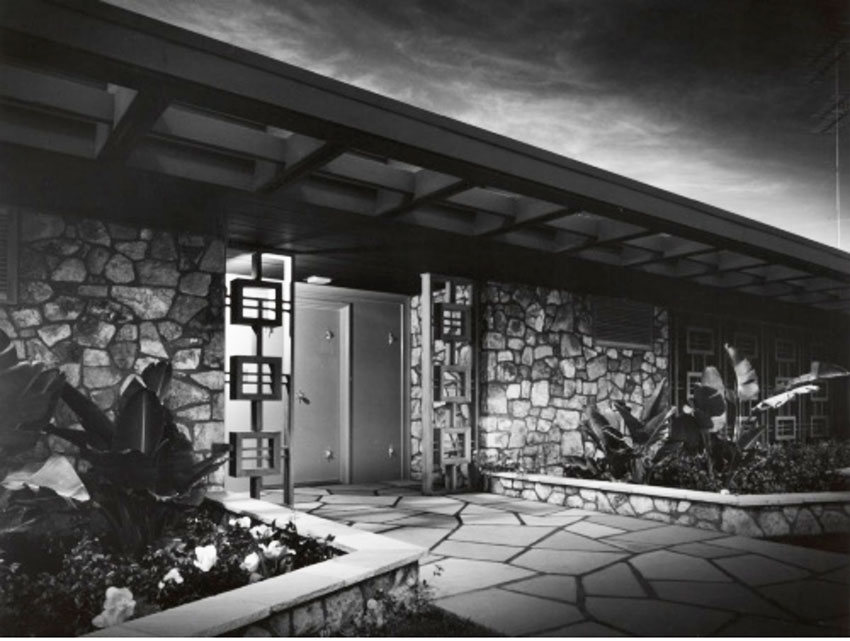
Notable Projects and Celebrity Clientele
William has always worked to build his network within the city and because of this, his projects soon branched off into the public sector as he took on designing the MCA (Music Corporation of America) building, Saks Fifth Avenue, the Palm Springs Tennis Club and the Golden State Mutual Life Insurance Building. At the same time, he was connecting with Hollywood movers and shakers and would be tapped to design and build some celebrity homes such as those belonging to actor Tyrone Powers, comedians Lucille Ball and Desi Arnaz, dancer Bill (Bojangles) Robinson and Frank Sinatra to name a few earning him the title “architect to the stars.”
Related Reading: Architect John Chase, A Groundbreaker Of Modernism In Texas
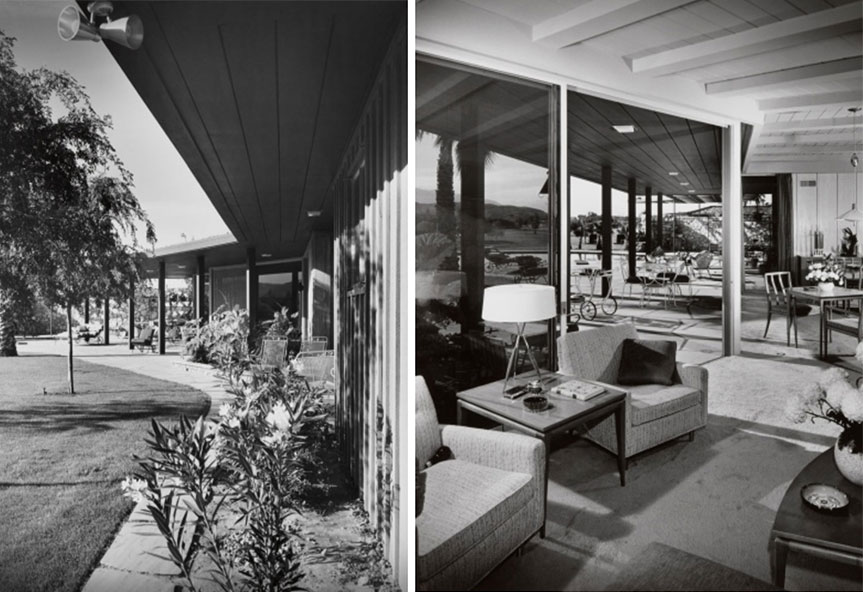
Paul R. Williams’ Legacy
Williams’ national fame grew not only because became an associate at the DC-based Hilyard Robinson firm in 1933 which spread his work on a national level, but also because be began to write and create seminal works as a Black voice in the industry and beyond. He wrote the the famous essay “I am a Negro” for American Magazine in 1937 (and which was reprinted in Ebony in 1986). He also served as a consultant on 1948 movie, Mr. Blanding Builds His Dream House–the first time a real house was built for a movie set.

He received an honorary degree from Howard University in 1952; another from Tuskegee in 1957; and won the NAACP Springarn Medal in 1953. He even appeared on the TV show This Is Your Life in 1953.
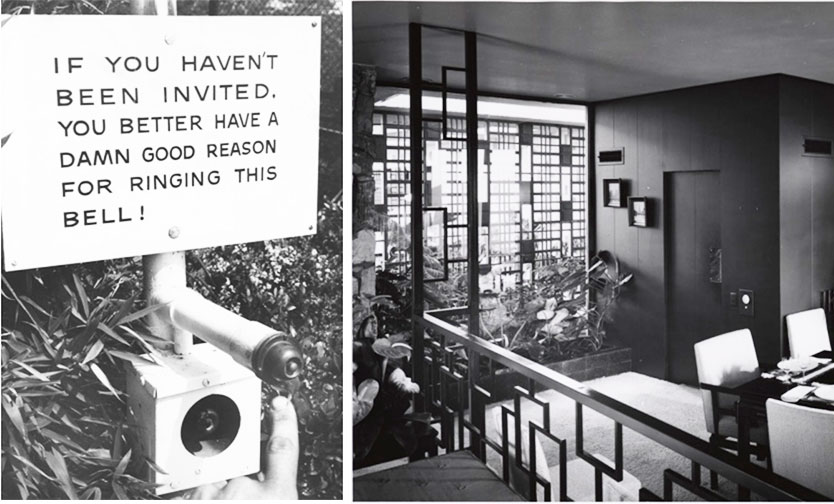
Paul R. William’s design repertoire spans everything from Georgian, colonial and Spanish Colonial style thanks to his widely varied clientele. In addition to the modernist residential estates Williams designed like the Ball and Sinatra residences, some of William’s most famous modernist works include the Franz Hall at UCLA, the Guardian Angel Cathedral and the Hotel La Concha in Las Vegas and the St. Jude Children’s Hospital in Memphis TN.
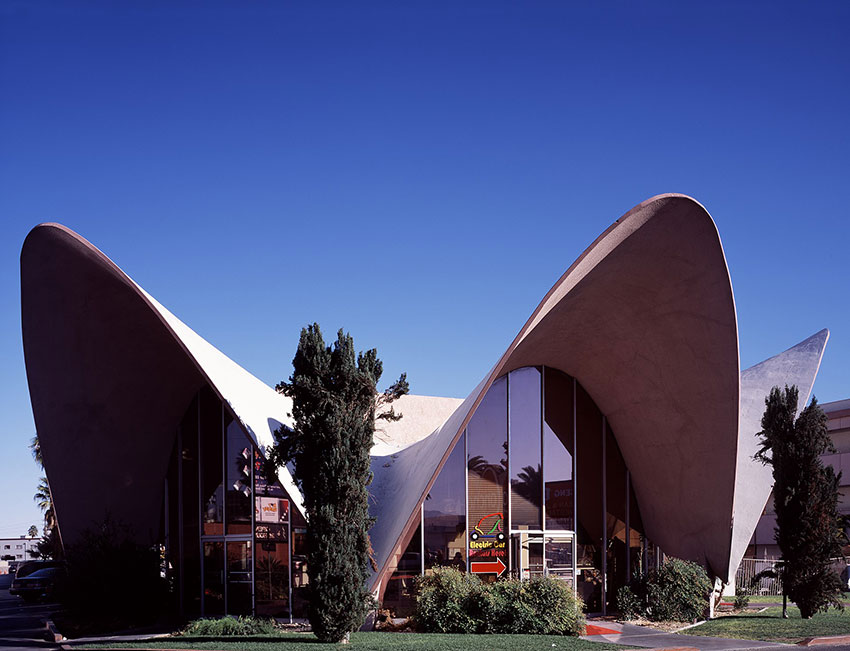
Innovations
Williams was surely a visionary inspired by the way architecture could address the changing culture of America. This is evident in some of his more whimsical proposals like the Sky lift Magic-Cab in Las Vegas. But his ideas for housing to serve the masses is perhaps is most emblematic of what inspired his as a designer. “It is a foregone conclusion that there will be thousands of modern small homes built in the post-war world,” he writes in The Small Home of Tomorrow, 1949. “An eager generation … is filled with the desire to have homes of their own ….”
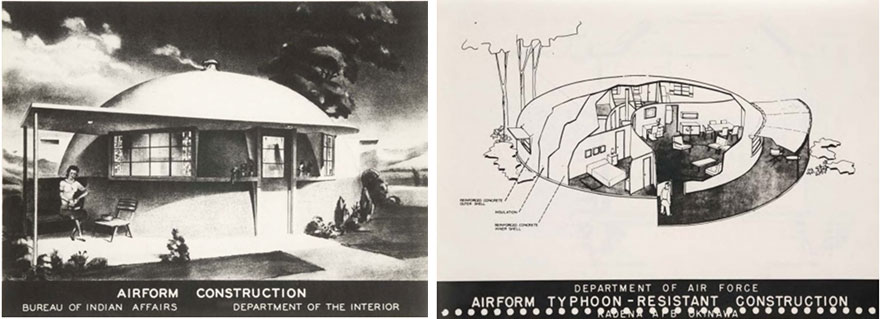
William’s along with his sometime collaborator, Wallace Neff, worked on Neff’s concept of the Airform or bubble house as a solution to affordable modern housing that was small yet durable and could be built in days using inexpensive materials. The duo lobbied state, federal and foreign governments hoping to generate interest, but sadly, the project was never realized.
As a forbearer to the modernist movement, Paul R. Williams was influential to many architects whose names are synonymous to mid century modern architecture today. A. Quincy Jones worked for Williams from 1939 to 1940 and Cliff May, who often honored and included Williams in luncheons and architectural social circles.
To learn more about Paul R. Williams including his published works, find a feature in this previous issue of Atomic Ranch magazine!
Of course, don’t forget to follow us on Instagram, Facebook and Pinterest for more Mid Century Modern inspiration!

